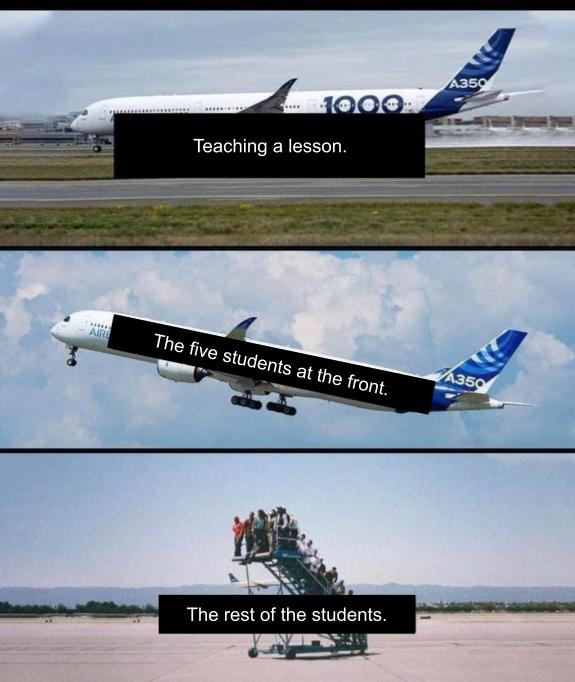Formative assessments are tasks selected by educators intended to help them gain insight into what children can do, know, or believe. Formative assessment is “the process used by teachers and students to recognise and respond to student learning in order to enhance that learning, during the learning” (Cowie & Bell, 1999 p. 32).
Formative assessments are tasks done by students. Formative assessment, the process, has educators clarify the learning intentions with students, activate students as owners of their own learning, activate students as resources for each other, elicit evidence of student learning, and provide opportunities for feedback that move the learning forward (aka. The five formative assessment strategies from Wiliam, D., 2011, Embedded Formative Assessment).
Formative assessments require a careful distinction to be made between the purpose of the assessment; if an educator uses the assessment to evaluate the student and creates grades from the assessment it’s actually summative. If they use the information to modify their instruction, the assessments are formative. Formative assessment, the process, requires no such distinction.
Formative assessment, the process, has a rich set of research that supports how it improves the learning conditions for students. Formative assessments, by contrast, sometimes end up with teachers having their vitality sucked from them as they pour over spreadsheets full of numbers but no insights trying to figure out how to improve student learning.
Formative assessment can be embedded in everyday instruction so that action can be taken immediately whereas formative assessments nearly always require educators to set aside time to give the assessments and time later to look at the results.
Formative assessments are an important dimension of formative assessment (since they do provide an opportunity to elicit evidence of student learning), but the full set of formative assessment practices have a far richer impact on student learning.

